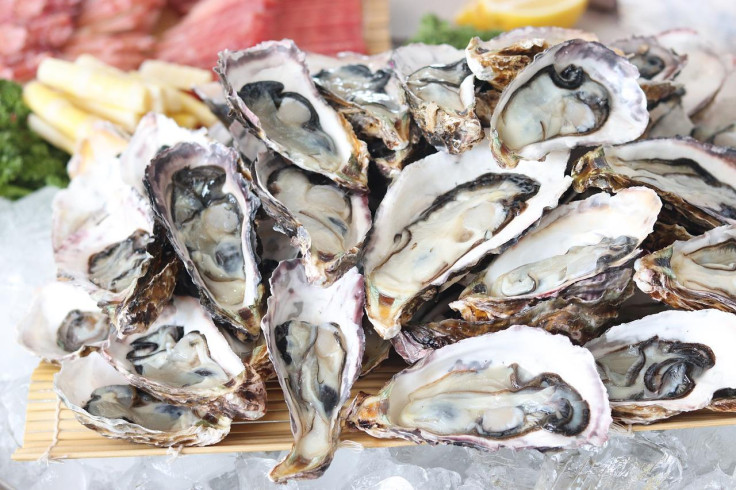National Oyster Day: 11 Interesting Facts About The Much-Loved Mollusks

Do you have a preferred way of eating oysters? If yes, then on the occasion of National Oyster Day, you have a reason to enjoy your favorite oyster dish to the fullest.
People have been enjoying oysters for a long time, with evidence of oyster farming going as far back as the Roman times in France and the U.K.. It has continued to be a favorite delicacy among many people and on National Oyster Day, observed every Aug. 5, we can celebrate the different species of bivalve mollusks that are eaten and relished around the globe.
To mark the day, people can order their choice of oyster dish or perhaps try it in a way they haven't before. Trying one's own hand at preparing oysters may also be a rather adventurous way to commemorate the event.
On this day, let's look at some interesting facts about much-loved oysters. (Courtesy: Lionfish, National Day Calendar, Days of the Year ( DOTY ) and NationalOysterDay.com )
- There are more than 100 true oyster species, and they're traditionally named after the body of water they are grown in.
- The largest body of water that produces oysters is Chesapeake Bay on the U.S. East Coast. It is said to produce more oysters than any other water body.
- People love oysters so much that they consume almost two billion pounds of the mollusk each year worldwide. Between 1990 and 1996, Americans ate about 50 million pounds of oysters.
- Oysters that can be eaten and those that produce pearls come from different families.
- Only one in 10,000 oysters will produce a pearl.
- Oysters tend to take in the characteristics of the water where they grow. For instance, even East Coast and West Coast oysters are quite different, with East coast oysters being smaller, saltier and milder in flavor and West Coast oysters being sweet and creamy.
- It can take three years for an oyster to grow to full size.
- Oysters are graded based on their size, with the smallest being a 5 and the largest being 1.
- Oysters are high in valuable nutrients such as vitamins A, C, D and B-12, and calcium, iron, selenium, protein and zinc.
- Oysters were once a cheap food source for the working class, but the popularity increased the demand and led the prices to spike. Now, they are considered an expensive delicacy.
- Threats of overfishing and pollution have led to the reduction of oysters "by a considerable degree."

Photo: Yuna Kim/Pixabay






